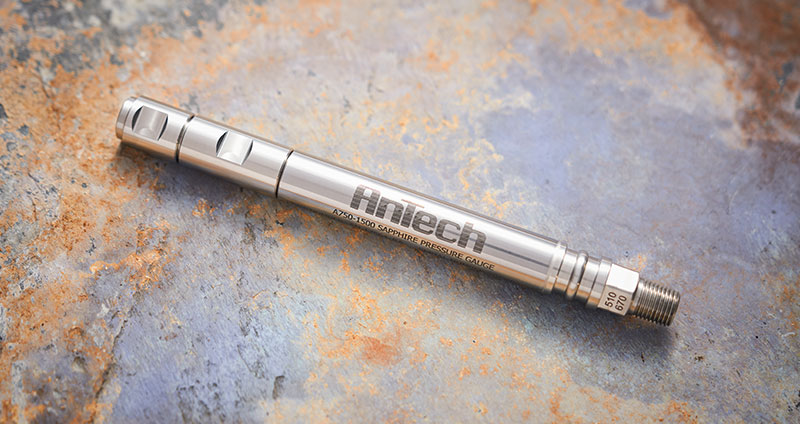Carbon Capture Storage: Working towards a sustainable future with Wellhead Outlets
Net Zero and the energy transition have come to dominate the media headlines over the past few years. As the world tries to work out best-practice strategies and routes to a greener future, the technology currently being utilised in the oil and gas industry is often overlooked as a possible source to help deliver Net Zero.
For example, current solutions in the industry can have a huge impact on the ability to make Carbon Capture Storage a viable option.
What is Carbon Capture Storage?
Carbon Capture Storage is a way to reduce carbon dioxide (CO2) emissions within the atmosphere. As carbon dioxide is linked to global warming, this is a process that can have a real impact in tackling this issue.
Carbon capture technology captures CO2 emissions at source or directly from the air. These emissions are then transported away and stored deep underground or turned into a useful, green product.
There are several benefits to Carbon Capture Storage that make it an important factor in the move to Net Zero. These include:
- CO2 emissions reduced
- Other pollutants can be removed
- Transition away from a reliance on fossil fuels
- Avoid landfill and legacy environmental issues
- CO2 can be sold or reused
- Carbon Capture Storage has huge potential in creating many jobs, globally
How does Carbon Capture Storage (CCS) work?
CCS uses a water and chemical solution which can grab onto the CO2. Using high heat and pressure this then creates a liquid stream, this is then pumped down into the ground through a pipeline, which takes the stream containing the CO2 into a sand complex. In this complex there is cap rock, this contains pores that mechanically seals/traps the carbon deep underground. This allows the CO2 to be kept safe and out of the environment or has the potential to be reused.
Risks of CCS
However, the nature of capturing and storing carbon dioxide come with their own risks, including:
- Can have high costs
- Can have high energy consumption
- Safety of storage
- Environmental risks
This is where Wellhead Outlet solutions in Carbon Capture Storage can play a significant role.
How can Wellhead Outlet (WHO) solutions help in Carbon Capture Storage?
The risks of CCS can be thought to negate the benefit of the solution. There are understandable costs associated with such a solution. However, utilising existing technology can make a real difference in reducing cost as well as making a significant contribution in making CCS a realistic proposition.
WHO’s are currently used in the oil and gas industry to provide a safe means of connecting downhole cable to the surface cable. WHO’s play a crucial role to help monitor the behaviour of the wells downhole, which are attached to wellheads. Wellheads essentially work as a control centre, providing not only a secure entry point for CO2, but also ensuring that teams are able to manage and monitor pressure during the injection process.
They are also designed to maintain the integrity of the wellbore, helping to ensure that there is no leakage of CO2 along the wellbore path. Finally, once the injection process is complete the wellhead is securely capped to isolate the CO2 from the surface. This helps to ensure that there is a long-term containment of the stored CO2.
WHO’s are just one example of how existing technology used within the oil and gas industry can be essentially, recycled, for use to help drive the energy transition. Although some specification changes will have to be made from project to project, the fact that the basis of the technology already exists immediately reduces cost.
It is also an example of where collaboration between all parties can result in a way forward, one that does not need huge investment in new technologies and can help to implement a solution that can make a real impact on carbon dioxide released into the environment.
Author: Emily Reynolds
















